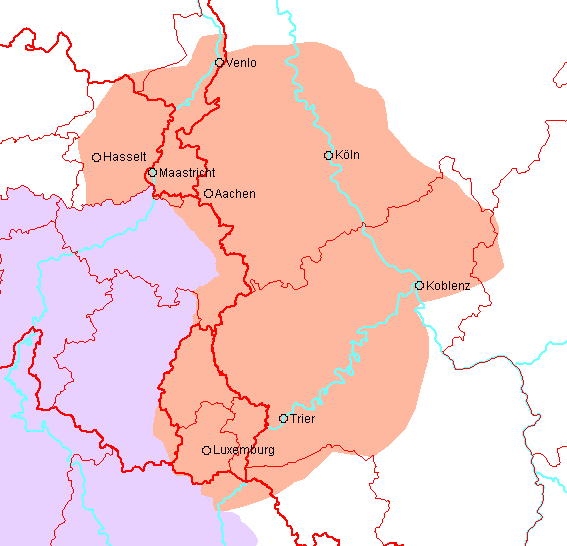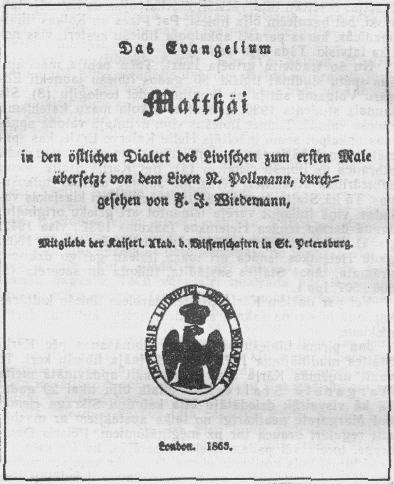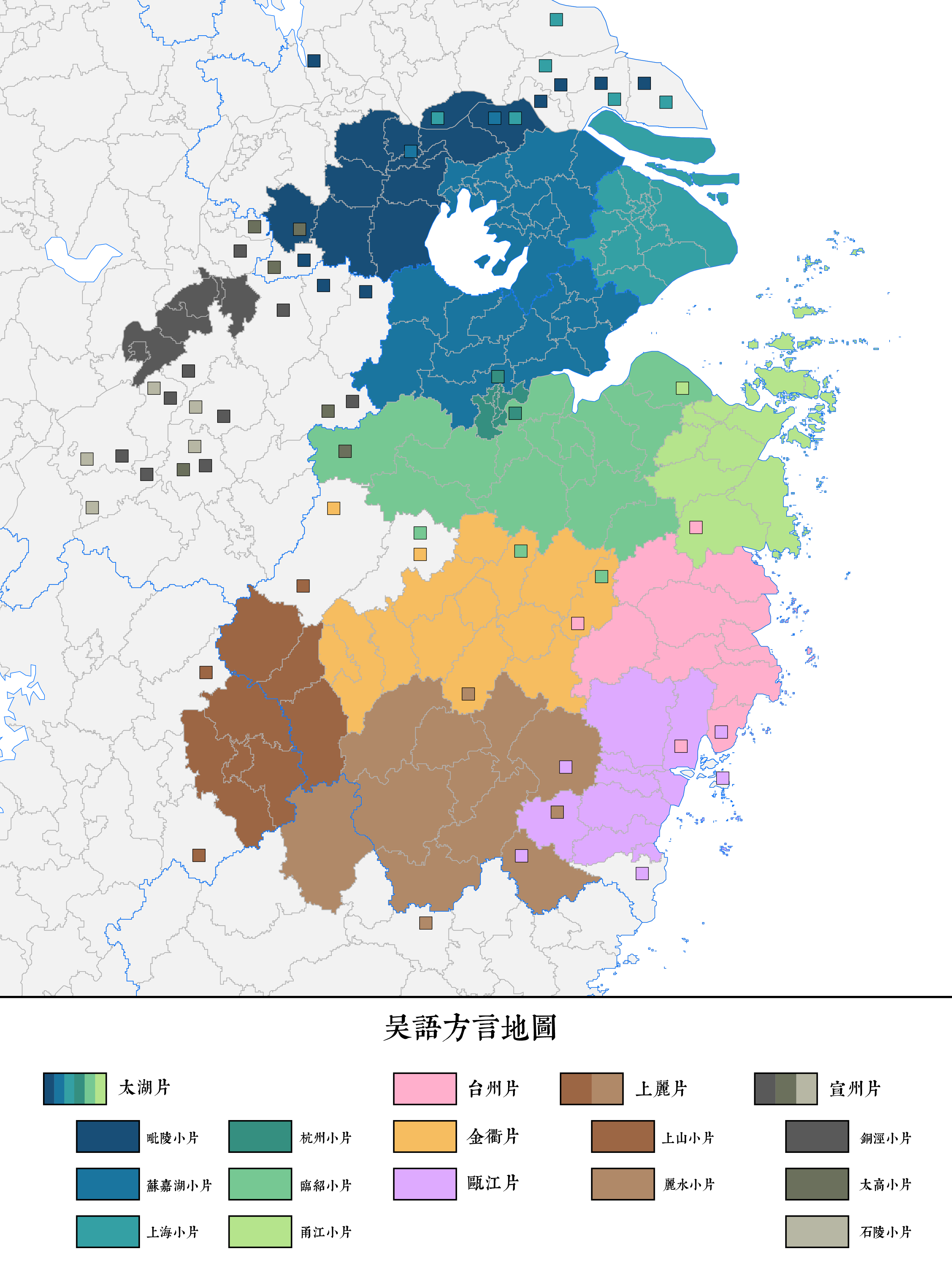|
Pitch-accent Language
A pitch-accent language, when spoken, has word accents in which one syllable in a word or morpheme is more prominent than the others, but the accentuated syllable is indicated by a contrasting pitch ( linguistic tone) rather than by loudness (or length), as in many languages, like English. Pitch-accent also contrasts with fully tonal languages like Vietnamese and Standard Chinese, in which each syllable can have an independent tone. Some have claimed that the term "pitch accent" is not coherently defined and that pitch-accent languages are just a sub-category of tonal languages in general. Languages that have been described as pitch-accent languages include: most dialects of Serbo-Croatian, Slovene, Baltic languages, Ancient Greek, Vedic Sanskrit, Tlingit, Turkish, Japanese, Norwegian, Swedish (but not in Finland), Western Basque,Hualde, J.I. (1986)"Tone and Stress in Basque: A Preliminary Survey"(PDF). ''Anuario del Seminario Julio de Urquijo'' XX-3, 1986, pp. 867-896. Yaqu ... [...More Info...] [...Related Items...] OR: [Wikipedia] [Google] [Baidu] |
Accentuation
In linguistics, and particularly phonology, stress or accent is the relative emphasis or prominence given to a certain syllable in a word or to a certain word in a phrase or sentence. That emphasis is typically caused by such properties as increased loudness and vowel length, full articulation of the vowel, and changes in tone. The terms ''stress'' and ''accent'' are often used synonymously in that context but are sometimes distinguished. For example, when emphasis is produced through pitch alone, it is called ''pitch accent'', and when produced through length alone, it is called ''quantitative accent''. When caused by a combination of various intensified properties, it is called ''stress accent'' or ''dynamic accent''; English uses what is called ''variable stress accent''. Since stress can be realised through a wide range of phonetic properties, such as loudness, vowel length, and pitch (which are also used for other linguistic functions), it is difficult to define stress ... [...More Info...] [...Related Items...] OR: [Wikipedia] [Google] [Baidu] |
Swedish Language
Swedish ( ) is a North Germanic language spoken predominantly in Sweden and in parts of Finland. It has at least 10 million native speakers, the fourth most spoken Germanic language and the first among any other of its type in the Nordic countries overall. Swedish, like the other Nordic languages, is a descendant of Old Norse, the common language of the Germanic peoples living in Scandinavia during the Viking Era. It is largely mutually intelligible with Norwegian and Danish, although the degree of mutual intelligibility is largely dependent on the dialect and accent of the speaker. Written Norwegian and Danish are usually more easily understood by Swedish speakers than the spoken languages, due to the differences in tone, accent, and intonation. Standard Swedish, spoken by most Swedes, is the national language that evolved from the Central Swedish dialects in the 19th century and was well established by the beginning of the 20th century. While distinct regional varieties ... [...More Info...] [...Related Items...] OR: [Wikipedia] [Google] [Baidu] |
Phrase
In syntax and grammar, a phrase is a group of words or singular word acting as a grammatical unit. For instance, the English expression "the very happy squirrel" is a noun phrase which contains the adjective phrase "very happy". Phrases can consist of a single word or a complete sentence. In theoretical linguistics, phrases are often analyzed as units of syntactic structure such as a constituent. Common and technical use There is a difference between the common use of the term ''phrase'' and its technical use in linguistics. In common usage, a phrase is usually a group of words with some special idiomatic meaning or other significance, such as "all rights reserved", "economical with the truth", "kick the bucket", and the like. It may be a euphemism, a saying or proverb, a fixed expression, a figure of speech, etc.. In linguistics, these are known as phrasemes. In theories of syntax, a phrase is any group of words, or sometimes a single word, which plays a particular role within ... [...More Info...] [...Related Items...] OR: [Wikipedia] [Google] [Baidu] |
Mora (linguistics)
A mora (plural ''morae'' or ''moras''; often symbolized μ) is a basic timing unit in the phonology of some spoken languages, equal to or shorter than a syllable. For example, a short syllable such as ''ba'' consists of one mora (''monomoraic''), while a long syllable such as ''baa'' consists of two (''bimoraic''); extra-long syllables with three moras (''trimoraic'') are relatively rare. Such metrics are also referred to as syllable weight. The term comes from the Latin word for "linger, delay", which was also used to translate the Greek word χρόνος : ''chrónos'' (time) in its metrical sense. Formation The general principles for assigning moras to segments are as follows (see Hayes 1989 and Hyman 1985 for detailed discussion): # A syllable onset (the first consonant or consonants of the syllable) does not represent any mora. # The syllable nucleus represents one mora in the case of a short vowel, and two morae in the case of a long vowel or diphthong. Consonants se ... [...More Info...] [...Related Items...] OR: [Wikipedia] [Google] [Baidu] |
Prominence (phonetics)
In linguistics, and particularly phonology, stress or accent is the relative emphasis or prominence given to a certain syllable in a word or to a certain word in a phrase or sentence. That emphasis is typically caused by such properties as increased loudness and vowel length, full articulation of the vowel, and changes in tone. The terms ''stress'' and ''accent'' are often used synonymously in that context but are sometimes distinguished. For example, when emphasis is produced through pitch alone, it is called ''pitch accent'', and when produced through length alone, it is called ''quantitative accent''. When caused by a combination of various intensified properties, it is called ''stress accent'' or ''dynamic accent''; English uses what is called ''variable stress accent''. Since stress can be realised through a wide range of phonetic properties, such as loudness, vowel length, and pitch (which are also used for other linguistic functions), it is difficult to define stress ... [...More Info...] [...Related Items...] OR: [Wikipedia] [Google] [Baidu] |
Barasana-Eduria Language
Barasana is one of the various languages spoken by the Indigenous peoples of the Americas belonging to the Amazonian region, specifically in Colombia. It belongs to the Eastern branch of the Tucanoan language family. The people who speak the language are also known as the Barasana. The population of its native speakers is about 1,990 according to a census taken in 1993. Native speakers' tribes are spread out among the Pira Paraná River in Colombia and the banks of the Vaupés River Basin. The different dialects within this language family utilize their individual languages as barriers to distinguish themselves through their own identity. Marriages between two people who speak the same language are taboo; for they are marrying their own brothers and sisters. Instead, Barasanans participate in exogamous marriages, which promote multilingualism of the people in the region. This also serves as an explanation for similarities between different dialects in the region. Barasana and Edu ... [...More Info...] [...Related Items...] OR: [Wikipedia] [Google] [Baidu] |
Blackfoot Language
The Blackfoot language, also called Siksiká (its denomination in ISO 639-3, ; Siksiká ik͡siká syllabics ), often anglicised as ', is an Algonquian language spoken by the Blackfoot or ''Niitsitapi'' people, who currently live in the northwestern plains of North America. There are four dialects, three of which are spoken in Alberta, Canada, and one of which is spoken in the United States: ''Siksiká'' (Blackfoot), to the southeast of Calgary, Alberta; ''Kainai'' (Blood, Many Chiefs), spoken in Alberta between Cardston and Lethbridge; ''Aapátohsipikani'' (Northern Piegan), to the west of Fort MacLeod which is Brocket (Piikani) and ''Aamsskáápipikani'' (Southern Piegan), in northwestern Montana. The name Blackfoot probably comes from the blackened soles of the leather shoes that the people wore.Gibson 2003 There is a distinct difference between Old Blackfoot (also called High Blackfoot), the dialect spoken by many older speakers, and New Blackfoot (also called Modern Blac ... [...More Info...] [...Related Items...] OR: [Wikipedia] [Google] [Baidu] |
Punjabi Language
Punjabi (; ; , ), sometimes spelled Panjabi, is an Indo-Aryan language of the Punjab region of Pakistan and India. It has approximately 113 million native speakers. Punjabi is the most widely-spoken first language in Pakistan, with 80.5 million native speakers as per the 2017 census, and the 11th most widely-spoken in India, with 31.1 million native speakers, as per the 2011 census. The language is spoken among a significant overseas diaspora, particularly in Canada, the United States, and the United Kingdom. In Pakistan, Punjabi is written using the Shahmukhi alphabet, based on the Perso-Arabic script; in India, it is written using the Gurmukhi alphabet, based on the Indic scripts. Punjabi is unusual among the Indo-Aryan languages and the broader Indo-European language family in its usage of lexical tone. History Etymology The word ''Punjabi'' (sometimes spelled ''Panjabi'') has been derived from the word ''Panj-āb'', Persian for 'Five Waters', referring to the ... [...More Info...] [...Related Items...] OR: [Wikipedia] [Google] [Baidu] |
Persian Language
Persian (), also known by its endonym Farsi (, ', ), is a Western Iranian language belonging to the Iranian branch of the Indo-Iranian subdivision of the Indo-European languages. Persian is a pluricentric language predominantly spoken and used officially within Iran, Afghanistan, and Tajikistan in three mutually intelligible standard varieties, namely Iranian Persian (officially known as ''Persian''), Dari Persian (officially known as ''Dari'' since 1964) and Tajiki Persian (officially known as ''Tajik'' since 1999).Siddikzoda, S. "Tajik Language: Farsi or not Farsi?" in ''Media Insight Central Asia #27'', August 2002. It is also spoken natively in the Tajik variety by a significant population within Uzbekistan, as well as within other regions with a Persianate history in the cultural sphere of Greater Iran. It is written officially within Iran and Afghanistan in the Persian alphabet, a derivation of the Arabic script, and within Tajikistan in the Tajik alphabet, a der ... [...More Info...] [...Related Items...] OR: [Wikipedia] [Google] [Baidu] |
Livonian Language
The Livonian language ( liv, līvõ kēļ, link=no or ; et, liivi keel, link=yes) is a Finnic language whose native land is the Livonian Coast of the Gulf of Livonia, located in the north of the Kurzeme peninsula in Latvia. Although its last native speaker died in 2013, there are about 40 reported L2 speakers and 210 having reported some knowledge of the language. Possibly uniquely among the Uralic languages, Livonian has been described as a pitch-accent language (see below). Currently, the only person whose native language is Livonian is Kuldi Medne who was born in 2020. Her parents are Livonian language revival activists Jānis Mednis and Renāte Medne. Some ethnic Livonians are learning or have learned Livonian in an attempt to revive it, but because ethnic Livonians are a small minority, opportunities to use Livonian are limited. The Estonian newspaper ''Eesti Päevaleht'' erroneously announced that Viktors Bertholds, who died on 28 February 2009, was the last native sp ... [...More Info...] [...Related Items...] OR: [Wikipedia] [Google] [Baidu] |
Shanghainese
The Shanghainese language, also known as the Shanghai dialect, or Hu language, is a variety of Wu Chinese spoken in the Districts of Shanghai, central districts of the Shanghai, City of Shanghai and its surrounding areas. It is classified as part of the Sino-Tibetan language family. Shanghainese, like the rest of the Wu language group, is mutually unintelligible with other varieties of Chinese, such as Mandarin. Shanghainese belongs a separate group of the Taihu Wu subgroup. With nearly 14 million speakers, Shanghainese is also the largest single form of Wu Chinese. Since the late 19th century it has served as the lingua franca of the entire Yangtze River Delta region, but in recent decades its status has declined relative to Mandarin, which most Shanghainese speakers can also speak. Like other Wu varieties, Shanghainese is rich in vowels and consonants, with around twenty unique vowel qualities, twelve of which are phonemic. Similarly, Shanghainese also has voiced obstruent ... [...More Info...] [...Related Items...] OR: [Wikipedia] [Google] [Baidu] |
Korean Language
Korean ( South Korean: , ''hangugeo''; North Korean: , ''chosŏnmal'') is the native language for about 80 million people, mostly of Korean descent. It is the official and national language of both North Korea and South Korea (geographically Korea), but over the past years of political division, the two Koreas have developed some noticeable vocabulary differences. Beyond Korea, the language is recognised as a minority language in parts of China, namely Jilin Province, and specifically Yanbian Prefecture and Changbai County. It is also spoken by Sakhalin Koreans in parts of Sakhalin, the Russian island just north of Japan, and by the in parts of Central Asia. The language has a few extinct relatives which—along with the Jeju language (Jejuan) of Jeju Island and Korean itself—form the compact Koreanic language family. Even so, Jejuan and Korean are not mutually intelligible with each other. The linguistic homeland of Korean is suggested to be somewhere in ... [...More Info...] [...Related Items...] OR: [Wikipedia] [Google] [Baidu] |









